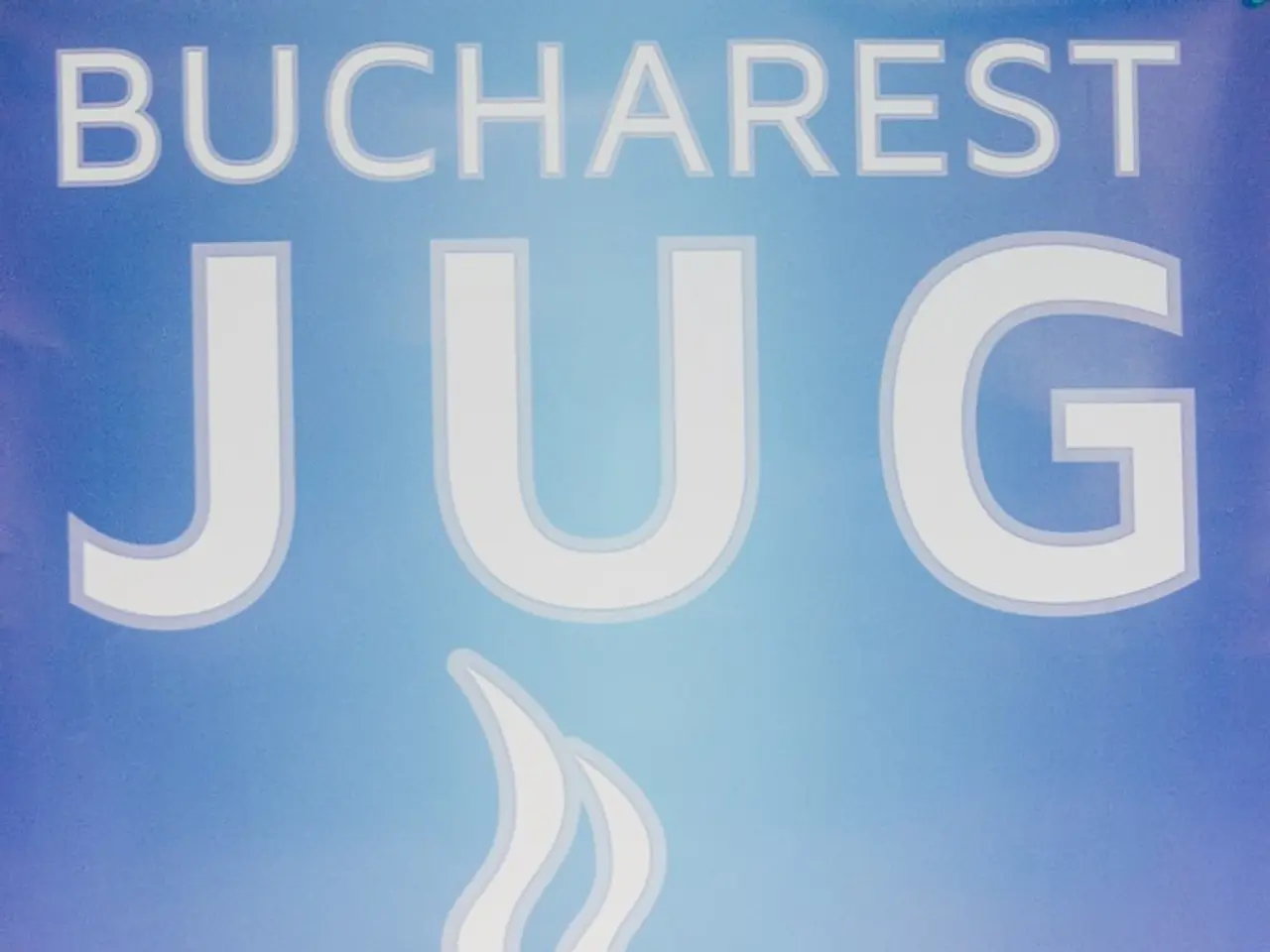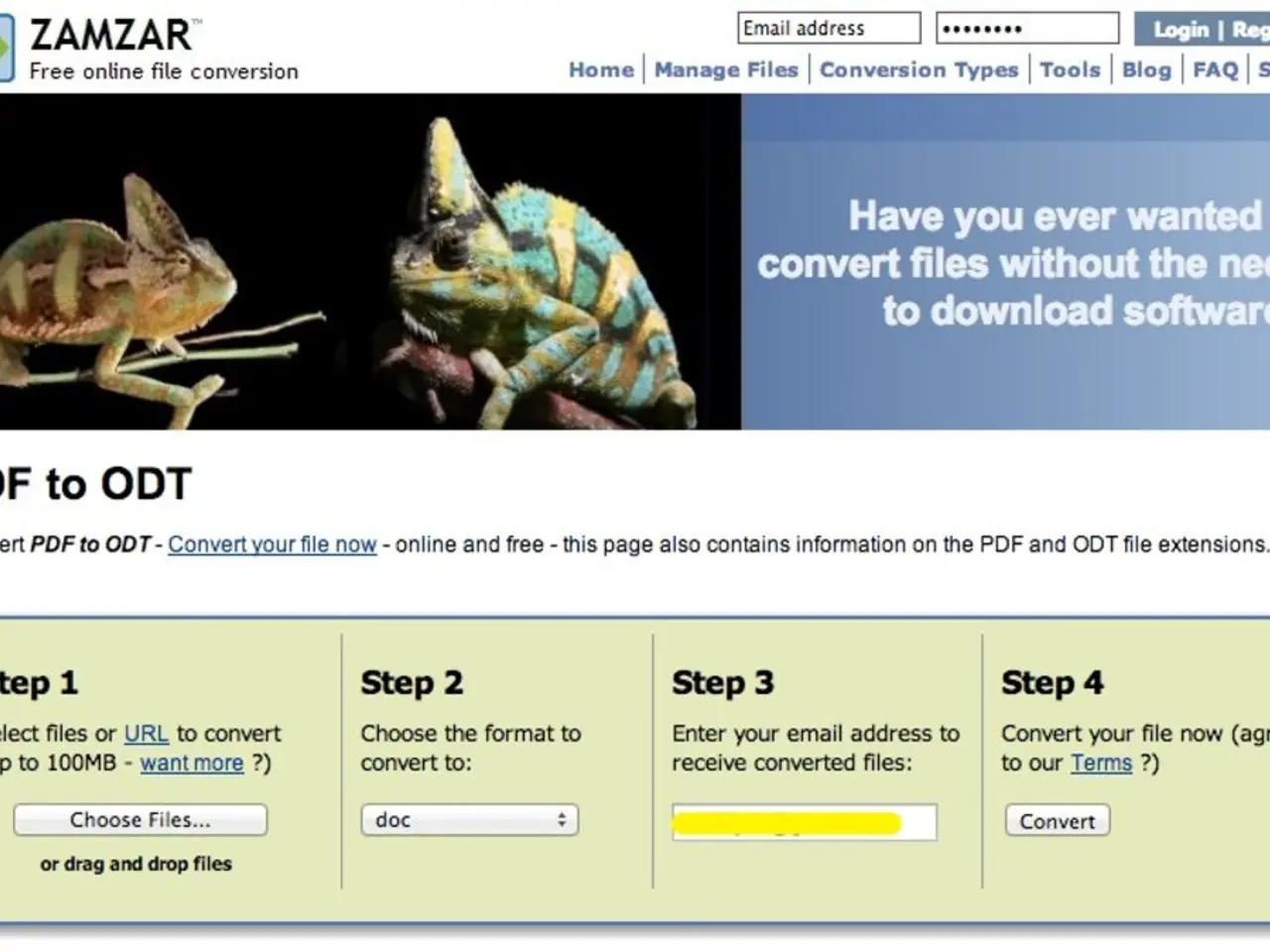Tether's $5.7 billion year-to-date earnings lay groundwork for introduction of a fresh U.S. stablecoin in Q4.
In a significant move, Tether, the world's largest stablecoin issuer, has announced plans to launch a new U.S.-focused stablecoin offering in Q4 2025. This venture marks a strategic shift from Tether's current USDT model and is designed specifically for the mature and highly efficient U.S. market.
The new stablecoin offering will be compliant with the U.S. GENIUS Act, which mandates that stablecoins be backed 100% by U.S. Treasury bills or cash equivalents. This move is aimed at meeting the stringent regulatory demands and ensuring maximum compliance and transparency under U.S. law.
Unlike its current USDT model, which serves emerging markets with a broader range of backing assets, the new U.S. stablecoin will maintain full backing by U.S. Treasuries. This decision reflects Tether’s pivot to offer a "best-in-class product suite" specifically tailored to meet institutional demands within the U.S. financial ecosystem.
Tether’s CEO, Paolo Ardoino, has clarified that the U.S. stablecoin offering will be focused on the U.S. institutional markets for efficient stablecoins for payments, interbank settlements, and trading. The new offering could potentially include a yield feature, targeting institutional investors and players.
The company's robust reserve strategy, underpinned by over $127 billion in U.S. Treasury bills, will support the backing of this new offering. This aligns with public monetary goals in the U.S. and is a strategic shift from the broad global market approach of USDT.
Tether's business model has been credited for its profitability, with the company reporting a year-to-date profit of $5.7 billion in Q2 2025. The profit for the second quarter alone was approximately $4.9 billion. As of the latest data from CoinMarketCap, the market cap of Tether's USDT has hit a record high of $163.6 billion, keeping a $100B lead over the second-largest stablecoin, USDC, with a $64 billion market size.
The new stablecoin offering is part of a compliance push under the GENIUS Act and is expected to be separate from USDT. Tether is set to re-enter the U.S. market with this venture, marking a return after a period of regulatory scrutiny. The company aims to build a best-in-class product suite, including stablecoins and additional offerings, for the U.S. market.
However, it's worth noting that Tether may not pocket all the interest earned from the treasury reserves backing the new U.S. stablecoin offering. The exact details regarding the distribution of these earnings are yet to be disclosed.
This news signifies a significant step forward for Tether and the stablecoin market as a whole, as they continue to evolve and adapt to the changing regulatory landscape. The upcoming U.S.-focused stablecoin offering is poised to revolutionise the U.S. financial ecosystem by offering a highly efficient solution for high-volume payments, interbank settlements, and crypto trading.
- Tether, with a year-to-date profit of $5.7 billion in Q2 2025, is planning to re-enter the U.S. market with a new stablecoin offering in Q4 2025, separate from USDT.
- The new stablecoin, designed to meet the stringent regulatory demands of the U.S., will be compliant with the GENIUS Act and will maintain full backing by U.S. Treasuries.
- The company aims to build a "best-in-class product suite" for the U.S. market, potentially including a yield feature for the new stablecoin, targeting institutional investors and players.
- Unlike Dogecoin, Ethereum, Bitcoin, and other cryptocurrencies, this new stablecoin offering is aimed at offering a highly efficient solution for high-volume payments, interbank settlements, and crypto trading within the U.S. finance and technology sector.




